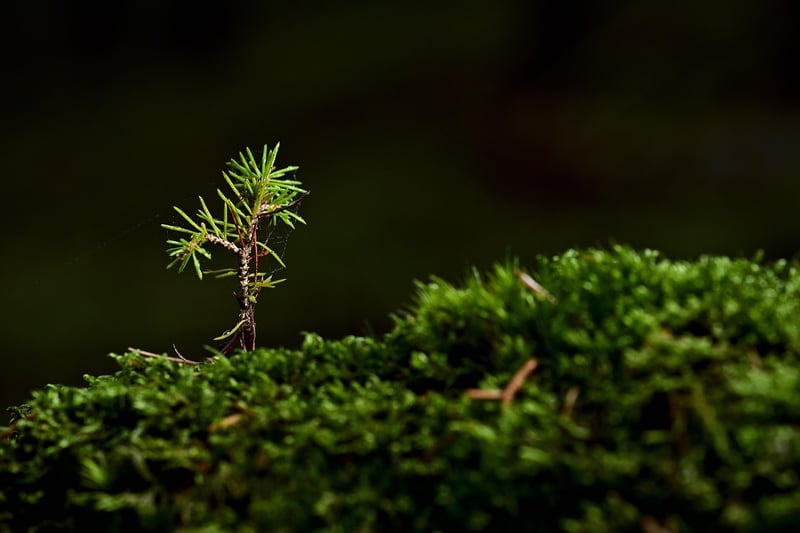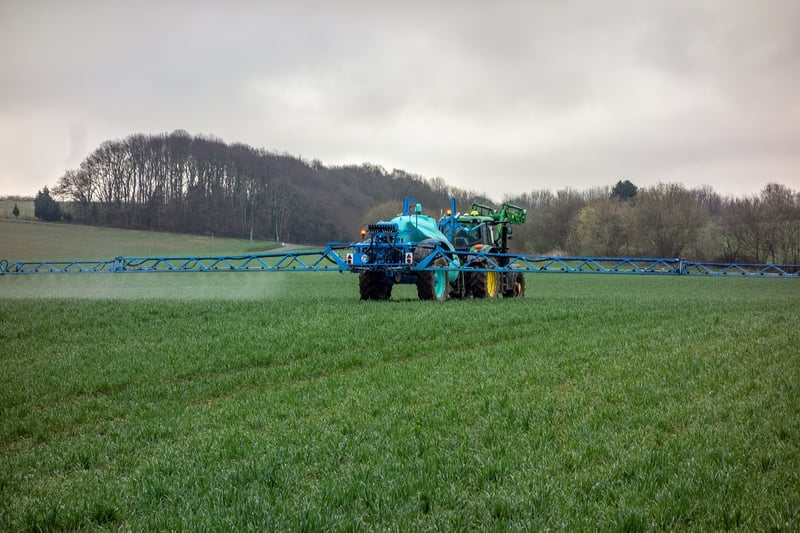Fertilizing Guide
Essential Plant Care Advice + Fertilizing Guide
Introduction to Plant Care
Plants are not just beautiful additions to our homes; they also provide numerous health benefits and improve air quality. Proper plant care is essential to ensure their health and longevity. Here are some essential tips to help you care for your plants.
Watering
Watering is crucial for plant health. Different plants have different watering needs, so it's essential to research your specific plant species. As a general rule, water when the top inch of soil is dry. Overwatering can lead to root rot, while underwatering can cause wilting.
Lighting
Plants need light to photosynthesize and grow. Place your plants in locations that receive adequate sunlight based on their specific light requirements. Monitor your plants for signs of sunburn or lack of light, such as yellowing leaves or leggy growth.
Humidity
Indoor plants often require higher humidity levels than our homes provide. Increase humidity by misting your plants, using a humidifier, or placing a tray of water near your plants. This is especially important for tropical plants.
Temperature
Most indoor plants prefer temperatures between 65-75°F (18-24°C) during the day and slightly cooler at night. Avoid placing plants near drafts or heating/cooling vents, as sudden temperature changes can stress plants.
Plant Nutrition - Fertilizing Guide
Plants need nutrients to thrive, and while soil provides some, fertilizing is essential to ensure they have all the necessary nutrients for healthy growth. Here's a basic guide to fertilizing your plants:
Types of Fertilizers
- Organic Fertilizers: Derived from natural sources and release nutrients slowly.
- Synthetic Fertilizers: Manufactured and provide a quick nutrient boost.
- Water-Soluble Fertilizers: Dissolve in water for easy application.
When to Fertilize
Fertilize your plants during the growing season (spring and summer) when they are actively growing. Avoid fertilizing in winter when plant growth slows down.
How to Fertilize
Follow the instructions on the fertilizer package for the correct dosage. Over-fertilizing can harm your plants. Water your plants before fertilizing to prevent root burn.
Signs of Overfertilization
Yellowing leaves, stunted growth, or leaf burn can indicate overfertilization. Flush the soil with water if you suspect your plant has been overfertilized.
Conclusion
By following these essential plant care tips and fertilizing guide, you can ensure your plants thrive and beautify your living space. Remember to observe your plants regularly and adjust your care routine based on their individual needs.


